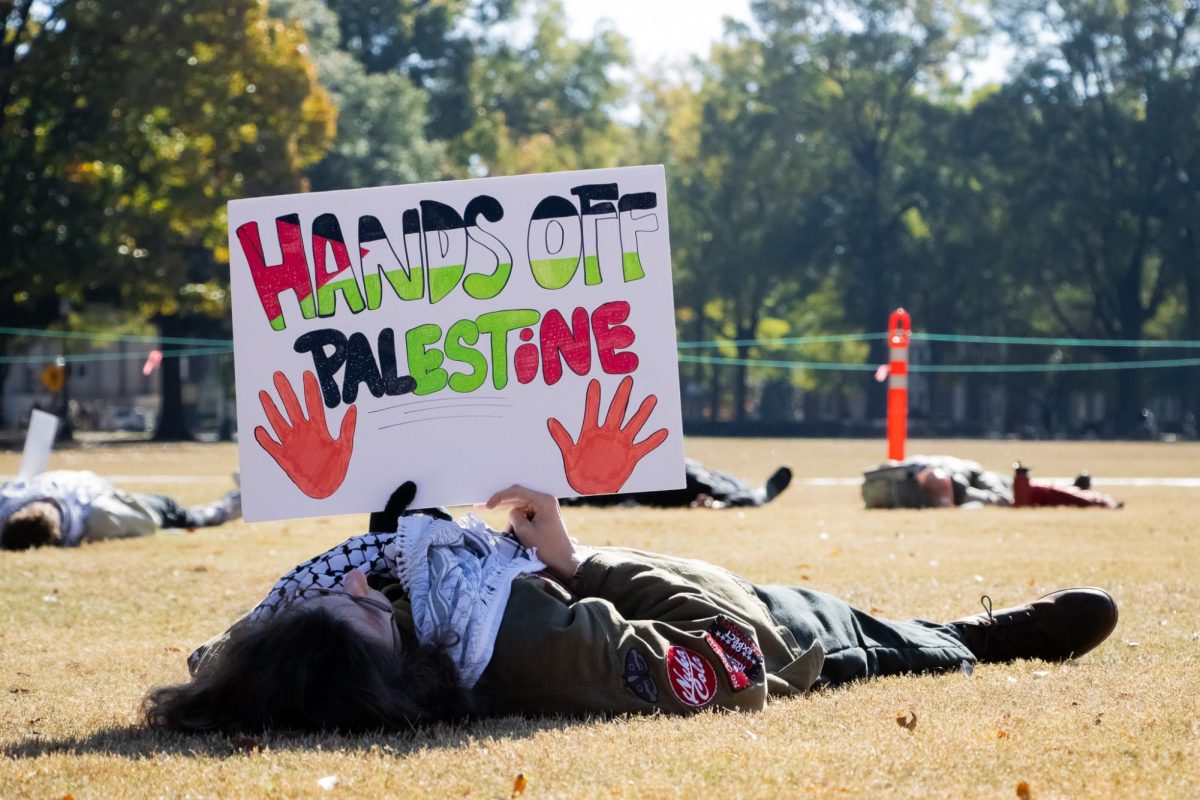 Since the University of Alabama held its first official homecoming game in 1920, it has become a celebration rich in tradition, much like the rest of the University. Now, the University is working on its 91st annual homecoming. While some of these traditions have been lost or forgotten, many of them have developed into what is now known as homecoming week each year.
Since the University of Alabama held its first official homecoming game in 1920, it has become a celebration rich in tradition, much like the rest of the University. Now, the University is working on its 91st annual homecoming. While some of these traditions have been lost or forgotten, many of them have developed into what is now known as homecoming week each year.
The first homecoming, which took place two years after the end of World War I, was originally held as a way for alumni from various parts of the country to return and see the changes at the Capstone. The Crimson Tide faced LSU on November 11, 1920, then known as Armistice Day.
Prior to the game, a pregame program honoring many WWI veterans was held on campus, according to a 2008 rolltide.com article. Former Governor Thomas Kilby attended the festivities, along with members of the UA Board of Trustees. At halftime, a 3-mile road race was held involving teams from Alabama, LSU, Birmingham Athletic Club and Georgia, the article said. The race began in front of the gym and extended to the Tuscaloosa County Courthouse then back along University Avenue, ending in front of the bleachers at Denny Field.
Winning the game with a 21-0 score, the University then concluded the day with a homecoming dance sponsored by the Cotillion Club.
Then came the 1930s and the Great Depression. Homecoming wasn’t a lavish affair during these years, for no other reason than that everyone felt the effects of this time. However, according to Camille Elibash, a Tuscaloosa native and former UA professor, that didn’t make it any less enjoyable.
Elebash was a child during the 1930s, but she can still remember the bonfires on the Quad, and something she called the “snake dance.”
“It was like a conga line that went from the Quad to downtown,” Elebash said. “My parents were horrified when I tried to grab on to someone’s hips. I remember there were big bonfires with a lot of fun and noise.”
Fast forward 10 years, and Alabama began having homecoming queen elections, with the winner making an appearance in the homecoming parade, which started in 1921, riding on none other than Alamite, the University’s unofficial mascot.
The elephants made appearances in the 1940s, but due to the dangers of having live animals of that size in the parade, this tradition soon ended. Elibash, who was a student at the University during this time, said she remembers a live elephant being in the parade only one year.
“In the hottest weather, you wore your high heels and finest fall clothes,” said Elibash, who was a member of Kappa Delta. “I mean, we dressed up for the game. There was certainly not the quantity of drinking there is now, especially with the girls. ”
There was no homecoming game in 1943 due to World War II, Elibash remembered.
In the 1950s, the University of Alabama welcomed Bear Bryant’s 25-year-long homecoming game winning streak, beginning in 1958 and ending in 1982.
During this time, the fight for homecoming queen became popular. Today, students couldn’t imagine homecoming without a queen. In 1973, the University crowned its first African-American homecoming queen, Terry Points.
“Homecoming queens have not and probably will not change,” said Karah Sims, a senior majoring in athletic training and general health studies. “For as long as I can remember, a sorority member has won homecoming queen.”
Former UA President Roger Sayers said homecoming queen was a special part of homecoming for him because his wife was crowned UA homecoming queen in 1958.
Sayers also recalled events from his time as president of the University, from 1988-1996, and the particularly poignant loss to Ole Miss in 1988’s homecoming game.
“We thought we would win the game, so we decided instead of having a pre-game function, we would have something after the game,” Sayers said. “After the loss, no one showed up to the function because everyone was so upset.”
Sayers said many of the traditions that take place during homecoming week are the same now as they were then, with the exception of shooting fireworks after the Friday night pep rally.
Kyle Gilbert, a 2006 alumnus, said the former tradition of holding a homecoming concert was one of his favorite parts.
“For me, the outdoor concert was one of my favorite events,” he said. “There’s something about cool October air being filled with great tunes against the backdrop of Denny Chimes and a towering bonfire that really captures so many of the memories I had at Alabama. A couple years after I graduated, I know the concert was moved indoors and charged admission.”
Gilbert also expressed his excitement in the addition of a more challenging homecoming opponent.
“Back then, we always played overmatched teams from smaller conferences,” Gilbert said, referring to his time at the Capstone. “I’m really glad to see that the past few years, we’ve been scheduling SEC teams for homecoming. It adds to the excitement of an already great atmosphere.”
From 2002 until 2009, the Crimson Tide did not play an SEC team for homecoming.
Another popular attraction of homecoming is pomping on sorority row. Sororities and fraternities work together throughout the week to create lawn decorations, which are in turn judged, and the winner is announced at the Friday night pep rally.
Gilbert said he always makes a point to walk down sorority row when he returns to his alma mater for homecoming.
“It never ceases to amaze me how creative people can be with tissue paper and chicken wire,” Gilbert said.









